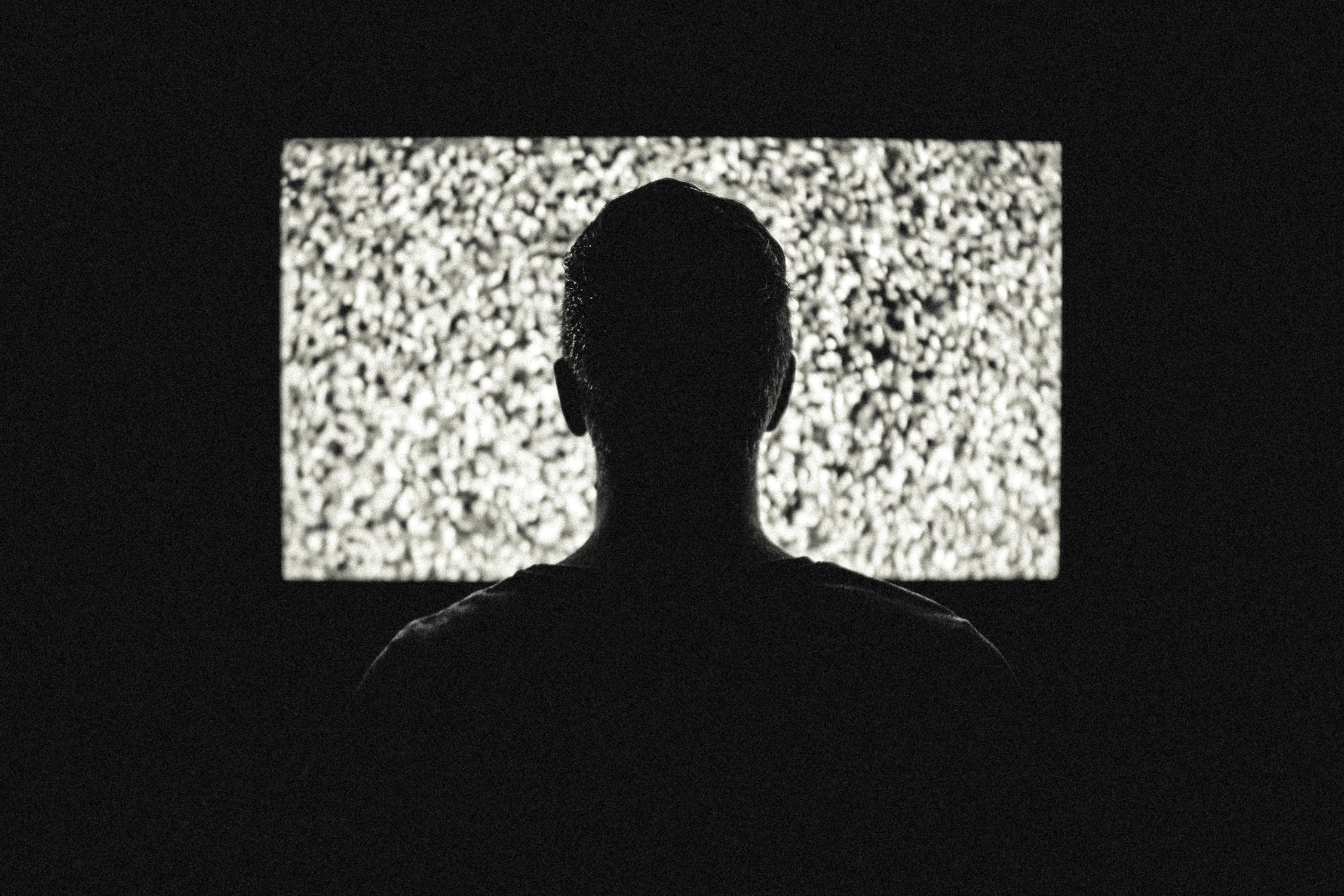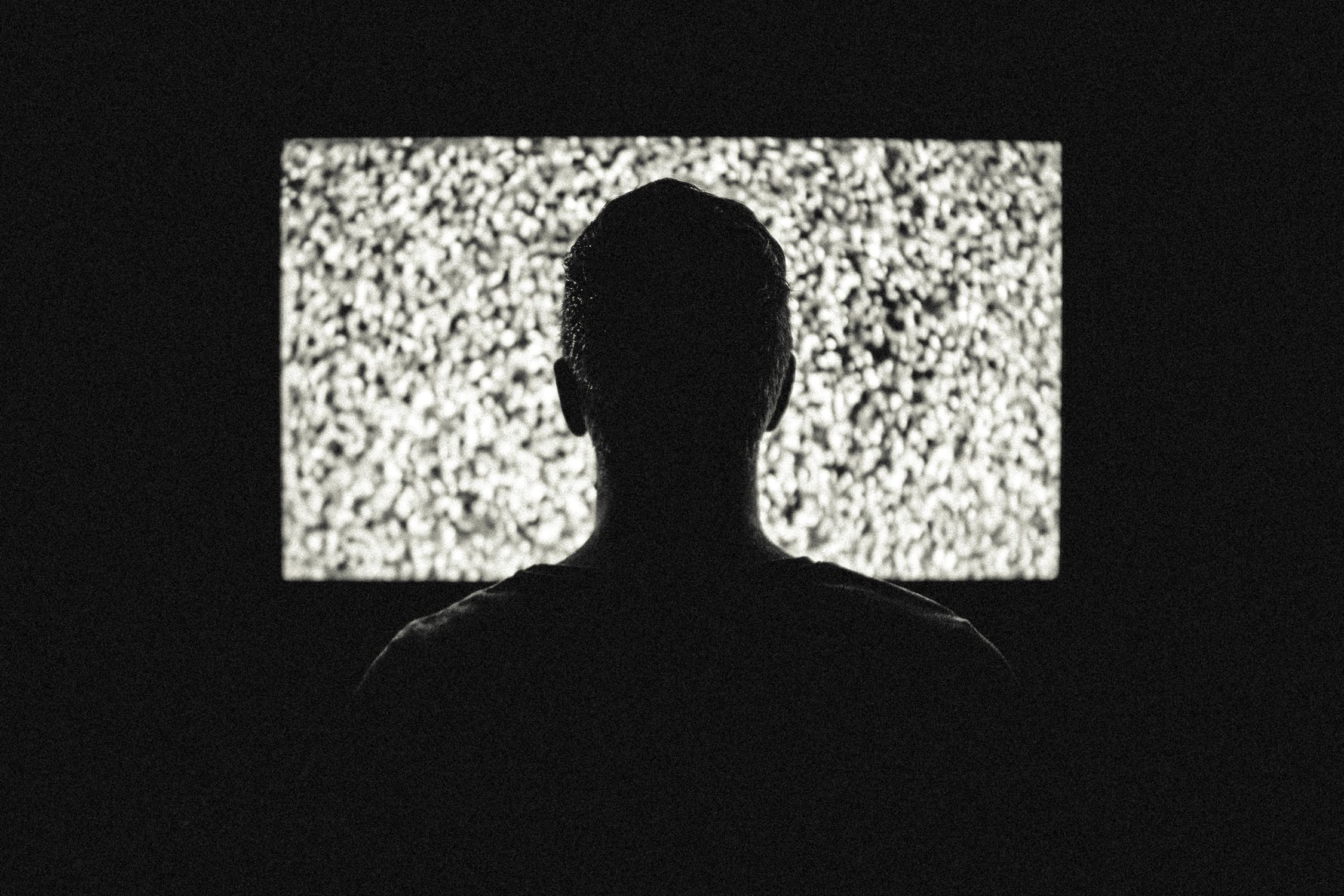Women in the horror genre

PART 2:
Last week I discussed women in horror, and here, I continue. I’ll also add that I don’t agree with all the associations critics have made between women and horror, but it is an interesting theme to explore.
In the genre classic ‘Halloween’ (1978). When Michael Myers cannot reach his sister, Laurie (Jamie Lee Curtis), in order to kill her, he substitutes other young women in her place (her friends). Myers is a killing machine and nothing can truly stop him, not even the resourcefulness of the main female character, Laurie, who is able to repeatedly injure him but can never quite kill him. This seems to prove the idea of the superiority and strength of men over women, and that the male killers in horror films mostly triumph over the female by simply not being able to die. ‘Halloween’ has also been the first slasher said to push the idea that victims in horror are punished for doing drugs, drinking and having sex. Carpenter, director of the film says that this was never his intention though. Stating that the only reasons the other characters get killed is because they’re busy with their lives, and Laurie is the only one on her own, with time on her hands.
Carpenter himself dismisses the notion that Halloween is a morality play, regarding it as merely a horror movie. According to Carpenter, critics "completely missed the point there." He explains, "The one girl who is the most sexually uptight just keeps stabbing this guy with a long knife. She's the most sexually frustrated. She's the one that's killed him. Not because she's a virgin but because all that sexually repressed energy starts coming out. She uses all those phallic symbols on the guy." So, in fact, it is Laurie who continually and metaphorically rapes Myers with the phallic knife in the movie.
Critic, John Kenneth Muir, stated that female characters such as Laurie Strode survive not because of "any good planning" or their own resourcefulness, but sheer luck. Although she manages to repel the killer several times, in the end, Laurie is rescued in ‘Halloween’ and ‘Halloween II ‘only when Dr. Loomis arrives to shoot Myers. On the other hand, other feminist scholars such as Carol J. Clover argue that despite the violence against women (there is also violence against men, I might add), slasher films most certainly turned women into heroines. “In many early horror films, before ‘Halloween’, women are depicted as helpless victims and are not safe until they are rescued by a strong masculine hero. Despite the fact that Dr. Loomis saves Laurie, ‘Halloween’ initiates the role of the "final girl" who ultimately triumphs in the end.”
Laurie herself, and alone, fights back against Myers and severely wounds him. If Myers had been a normal man, and not supernatural, Laurie’s attacks would have killed him; even Dr. Loomis (Donald Pleasence), the male hero of the story, who shoots Michael repeatedly at near point blank range with a large caliber handgun, cannot kill him. So the film in my opinion is not misogynistic in the slightest, both men and women are killed; and neither male nor female hero can kill the ‘boogey-man.’
On the other hand, the re-make, ‘Rob Zombie’s Halloween’ was extremely misogynistic, and like the latest ‘Friday the 13th’ serves to take the female heroine backwards rather than forwards. For example, every girl in the movie has to have her top off before she is shown to be repeatedly stabbed in the Rob Zombie version. Where as in the original, gore and violence were replaced with foreboding and genuine scares.
Horror movies eventually moved on to newer representations of women - as villains, the main source of evil in the film. Many horror films such as ‘The Thing’, ‘Poltergeist’, and ‘Videodrome’ use rich symbolic images to represent the female genitalia in order to frighten the audience. The vaginal representations in horror usually give birth to some horrible monster (as in ‘Warlock’ and ‘The Fly’) or suck in some unsuspecting victim; such as the young Carrie-Anne (Heather O’Rourke) in ‘Poltergeist’ when she is sucked into the TV set and is then pulled out by a metaphorical umbilical cord by her mother, both coming out of ‘the other world’ covered in pink gunk – you get the idea. This is showing the fear of the mother’s womb as an unknown.
These themes were taken a step further in the horror/comedy movie, ‘Teeth’ – which actually showed the main character, Dawn O’Keefe (Jess Weixler), with teeth in her vagina. Barbara Creed explains that the main reason why men are also frightened of menstruating females is because of castration anxiety. The movie won the award for "Most Memorable Mutilation" for "Penis Bitten Off By Vagina With Teeth" at ‘Spike TV's 2008 Scream Awards.’
More women in horror next week...
Last week I discussed women in horror, and here, I continue. I’ll also add that I don’t agree with all the associations critics have made between women and horror, but it is an interesting theme to explore.
In the genre classic ‘Halloween’ (1978). When Michael Myers cannot reach his sister, Laurie (Jamie Lee Curtis), in order to kill her, he substitutes other young women in her place (her friends). Myers is a killing machine and nothing can truly stop him, not even the resourcefulness of the main female character, Laurie, who is able to repeatedly injure him but can never quite kill him. This seems to prove the idea of the superiority and strength of men over women, and that the male killers in horror films mostly triumph over the female by simply not being able to die. ‘Halloween’ has also been the first slasher said to push the idea that victims in horror are punished for doing drugs, drinking and having sex. Carpenter, director of the film says that this was never his intention though. Stating that the only reasons the other characters get killed is because they’re busy with their lives, and Laurie is the only one on her own, with time on her hands.
Carpenter himself dismisses the notion that Halloween is a morality play, regarding it as merely a horror movie. According to Carpenter, critics "completely missed the point there." He explains, "The one girl who is the most sexually uptight just keeps stabbing this guy with a long knife. She's the most sexually frustrated. She's the one that's killed him. Not because she's a virgin but because all that sexually repressed energy starts coming out. She uses all those phallic symbols on the guy." So, in fact, it is Laurie who continually and metaphorically rapes Myers with the phallic knife in the movie.
Critic, John Kenneth Muir, stated that female characters such as Laurie Strode survive not because of "any good planning" or their own resourcefulness, but sheer luck. Although she manages to repel the killer several times, in the end, Laurie is rescued in ‘Halloween’ and ‘Halloween II ‘only when Dr. Loomis arrives to shoot Myers. On the other hand, other feminist scholars such as Carol J. Clover argue that despite the violence against women (there is also violence against men, I might add), slasher films most certainly turned women into heroines. “In many early horror films, before ‘Halloween’, women are depicted as helpless victims and are not safe until they are rescued by a strong masculine hero. Despite the fact that Dr. Loomis saves Laurie, ‘Halloween’ initiates the role of the "final girl" who ultimately triumphs in the end.”
Laurie herself, and alone, fights back against Myers and severely wounds him. If Myers had been a normal man, and not supernatural, Laurie’s attacks would have killed him; even Dr. Loomis (Donald Pleasence), the male hero of the story, who shoots Michael repeatedly at near point blank range with a large caliber handgun, cannot kill him. So the film in my opinion is not misogynistic in the slightest, both men and women are killed; and neither male nor female hero can kill the ‘boogey-man.’
On the other hand, the re-make, ‘Rob Zombie’s Halloween’ was extremely misogynistic, and like the latest ‘Friday the 13th’ serves to take the female heroine backwards rather than forwards. For example, every girl in the movie has to have her top off before she is shown to be repeatedly stabbed in the Rob Zombie version. Where as in the original, gore and violence were replaced with foreboding and genuine scares.
Horror movies eventually moved on to newer representations of women - as villains, the main source of evil in the film. Many horror films such as ‘The Thing’, ‘Poltergeist’, and ‘Videodrome’ use rich symbolic images to represent the female genitalia in order to frighten the audience. The vaginal representations in horror usually give birth to some horrible monster (as in ‘Warlock’ and ‘The Fly’) or suck in some unsuspecting victim; such as the young Carrie-Anne (Heather O’Rourke) in ‘Poltergeist’ when she is sucked into the TV set and is then pulled out by a metaphorical umbilical cord by her mother, both coming out of ‘the other world’ covered in pink gunk – you get the idea. This is showing the fear of the mother’s womb as an unknown.
These themes were taken a step further in the horror/comedy movie, ‘Teeth’ – which actually showed the main character, Dawn O’Keefe (Jess Weixler), with teeth in her vagina. Barbara Creed explains that the main reason why men are also frightened of menstruating females is because of castration anxiety. The movie won the award for "Most Memorable Mutilation" for "Penis Bitten Off By Vagina With Teeth" at ‘Spike TV's 2008 Scream Awards.’
More women in horror next week...
You Should Also Read:
FIRST PART OF 'WOMEN IN THE HORROR GENRE'
THIRD PART OF 'WOMEN IN THE HORROR GENRE
MOTHERHOOD IN HORROR

Related Articles
Editor's Picks Articles
Top Ten Articles
Previous Features
Site Map
Content copyright © 2023 by Steven Casey Murray. All rights reserved.
This content was written by Steven Casey Murray. If you wish to use this content in any manner, you need written permission. Contact Steven Casey Murray for details.




